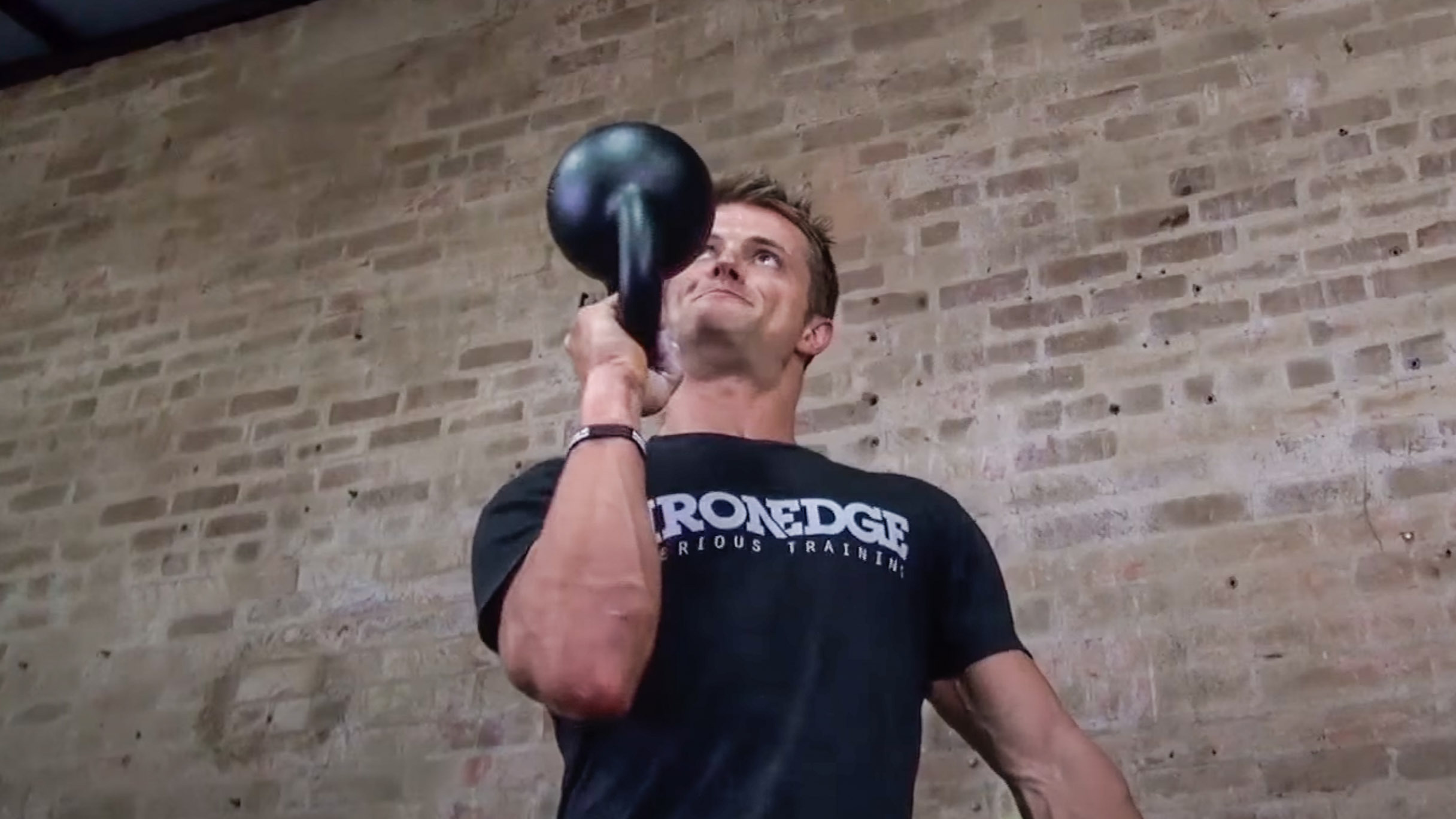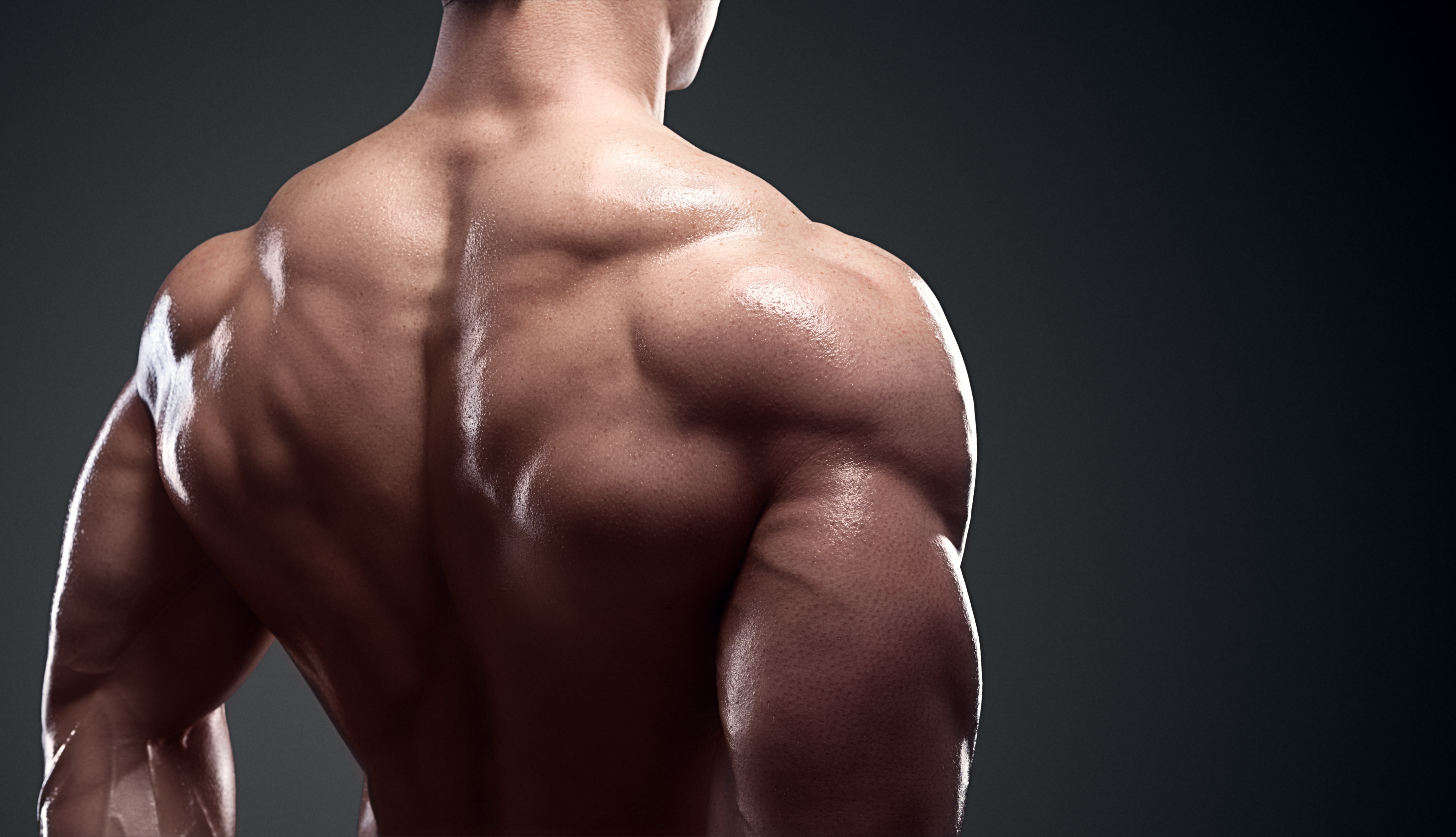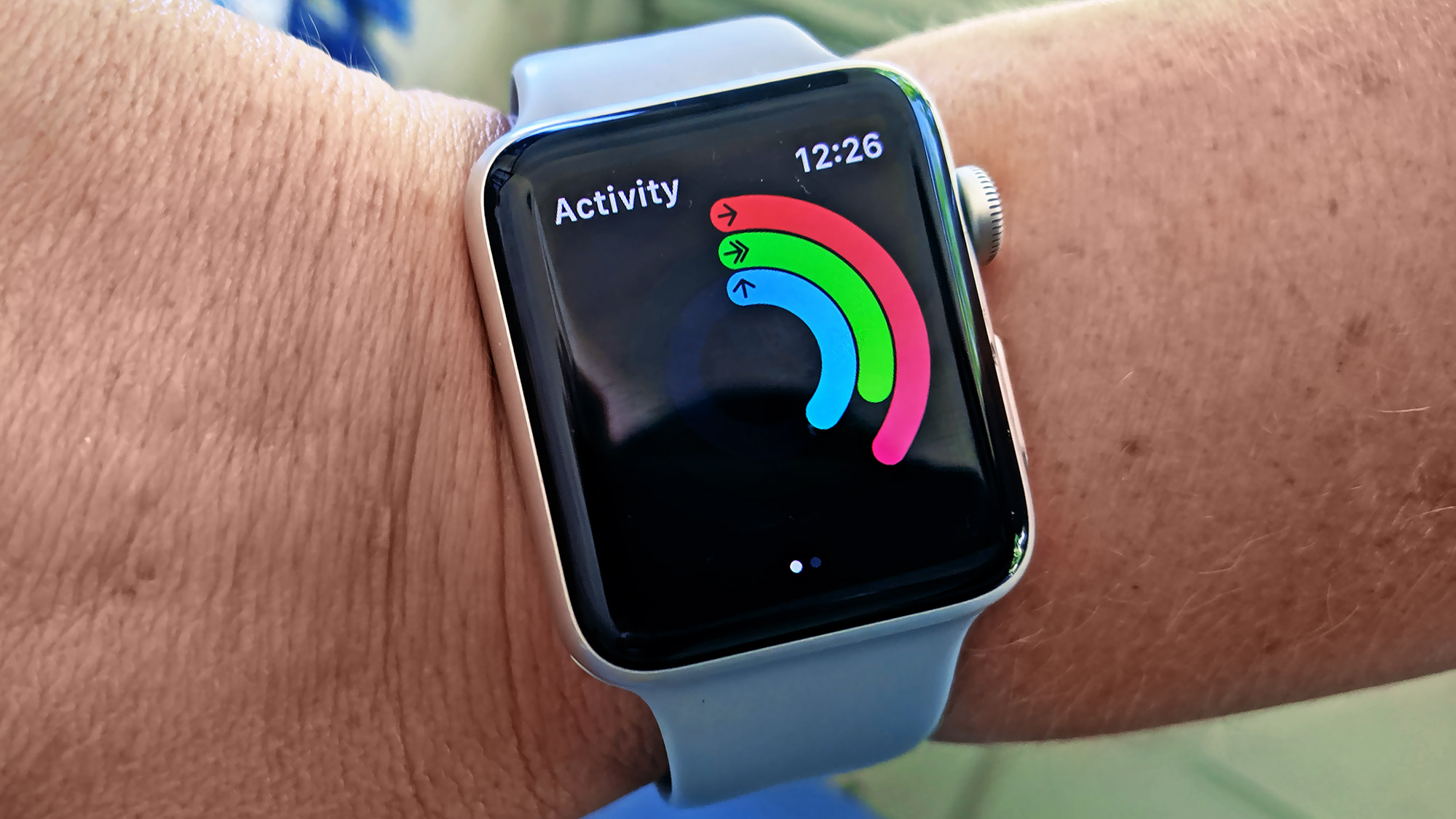
If you’re asking why you should flip your kettlebell upside down during the shoulder press, we explain everything you need to know about the bottoms-up kettlebell press and the benefits of sculpting solid deltoid muscles.
We’re perhaps used to hearing “bottoms up” while glugging our favorite drink, but less often in the gym. The bottoms-up kettlebell press simply means holding your kettlebell by the handle as you perform the shoulder press, and there are some surprising benefits to doing so.
Below, we cover how to do the bottoms-up kettlebell press, common mistakes we see and the best kettlebell press variations you can try in the gym or at home. Grab the best kettlebells for weightlifting, and read on.
Bottoms-up kettlebell press: Benefits
The kettlebell press is an overhead press exercise done using a kettlebell. Holding the kettlebell upside down (by the handle) provides an unstable environment for the shoulders, arms and torso to work through when driving a weight above the head.
The variation improves shoulder and core mobility and stability, strengthens your grip and forearms and targets the deltoids (shoulders), triceps, pectorals and core muscles, making it a compound exercise that can strengthen multiple muscle groups together. It’s not an out-and-out ab exercise, but your core muscles must work hard to keep your posture in check and protect your spine and pelvis.
A massive, and perhaps lesser known, benefit of the bottoms-up kettlebell press is that it activates the rotator cuff muscles responsible for shoulder stabilization.

The supraspinatus, infraspinatus, teres minor and subscapularis form the rotator cuff muscles, which help support the shoulders when pressing heavy weight overhead. Weak and underused rotator cuff muscles could result in shoulder injuries if left unattended, so it’s a good idea to keep them strong and healthy.
Sign up to get the BEST of Tom's Guide direct to your inbox.
Get instant access to breaking news, the hottest reviews, great deals and helpful tips.
As you grip the bell handle tightly, you’ll encourage activation across various muscle groups. Creating that tension throughout the body will help you drive and stabilize the weight from a strong foundation, making your dumbbell or barbell overhead press feel more competent when you come to it.
How to do the bottoms-up kettlebell press
We cover how to overhead press and its many variations here. Here’s how to nail the bottoms-up kettlebell press.
How:
- Start by racking one kettlebell to shoulder height and gripping it by the handle in one hand
- Stand tall, feet shoulder-width apart and engage your core to keep your torso tight. Also, tighten your glutes and thighs
- Keep your wrist stacked over your elbow at all times to encourage a vertical trajectory
- Squeeze the handle and engage your lats, arm and shoulder
- Start from a shoulder-height position, and as you exhale, press the kettlebell overhead explosively and with control
- Pause at the top with your arm extended, arm close to your ear
- Re-bend your elbow and lower the kettlebell back to the starting position with control.
If you’re using the drill to warm up, lift light and aim for several sets and low reps — no more than 5. Work single-sided, one arm at a time. This approach should help warm the muscles and improve movement quality. For strength programs, focus on a much heavier weight for 3-5 sets and 6-8 reps. For hypertrophy (typical resistance training sessions), try 2-4 sets of 8-12 reps per arm.
Bottoms-up kettlebell press: Common mistakes
Holding a kettlebell can be tricky at the best of times, so it’s crucial to learn how to hold a kettlebell properly. But what about when you flip the bell upside down?
The bottoms-up kettlebell press helps strengthen your deltoids, forearms, triceps, core and pectoral muscles and improve your pressing power. But it can go wrong — these are the most common mistakes we see.
Lack of grip
When you grip the handle during the bottoms-up press, you’ll also tense your arms and shoulders, which should help you stay balanced and controlled, training your muscles to work together. Not gripping properly is the fastest way to drop the bell or lose control and travel wide. Keep the bell close to your body and elbow in.
Wide arm positioning
As you press, keep a vertical arm position to send the bell upward, aligned with your shoulder. If you lose control, the bell will travel outward and could cause injury.
Lifting too heavy
Lift a lighter kettlebell until you feel like you’ve nailed proper mechanics during the kettlebell press, building up gradually as you get stronger and more stable. You’re only as strong as your weakest side, so stick to a weight you can safely perform reps with on both sides and move at the pace of your weaker side; this helps iron out any imbalances between muscles.
Using the legs
The exercise is a strict press, not a push press. Brace your core and use your upper body to drive the weight, not your legs. No dipping! The instability of holding the bell upside down teaches you to tighten your core, so try not to default to the lower body to help you lift heavier.
Bottoms-up kettlebell press: Variations
There are several ways to make the exercise harder.
Tempo
The time under tension technique involves slowing an exercise down to hold muscles under tension for longer. It will also test your muscular ability to control the weight.
Kneeling
A half-kneeling or full-kneeling position will test your upper body strength even more and remove your legs from the equation altogether. Focus on squeezing your arm, shoulder, glutes, lats and abs.
Dual kettlebell press
If you feel super confident during the bottoms-up press, use two kettlebells and practice dual motion. If you plan to try this, reduce the weight until you feel coordinated and balanced on both sides.
Some people like to mix it up, incorporating isometric holds (holding the weight overhead for some time) and walking or climbing stairs with the weight held overhead. The variation teaches shoulder and core stabilization and could help you develop better control during other overhead lifts like snatches or jerks.
And remember, grip strength training is crucial for helping you increase load during other functional exercises and technical lifts like your deadlifts and farmer’s walk. Over time, the bottoms-up kettlebell press could develop better stability around the shoulder.
More from Tom's Guide

Sam Hopes is a level 3 qualified trainer, a level 2 Reiki practitioner and fitness editor at Tom's Guide. She is also currently undertaking her Yoga For Athletes training course.
Sam has written for various fitness brands and websites over the years and has experience across brands at Future, such as Live Science, Fit&Well, Coach, and T3.
Having coached at fitness studios like F45 and Virgin Active and personal trained, Sam now primarily teaches outdoor bootcamps, bodyweight, calisthenics and kettlebells.
She also coaches mobility and flexibility classes several times a week and believes that true strength comes from a holistic approach to training your body.
Sam has completed two mixed doubles Hyrox competitions in London and the Netherlands and finished her first doubles attempt in 1:11.
